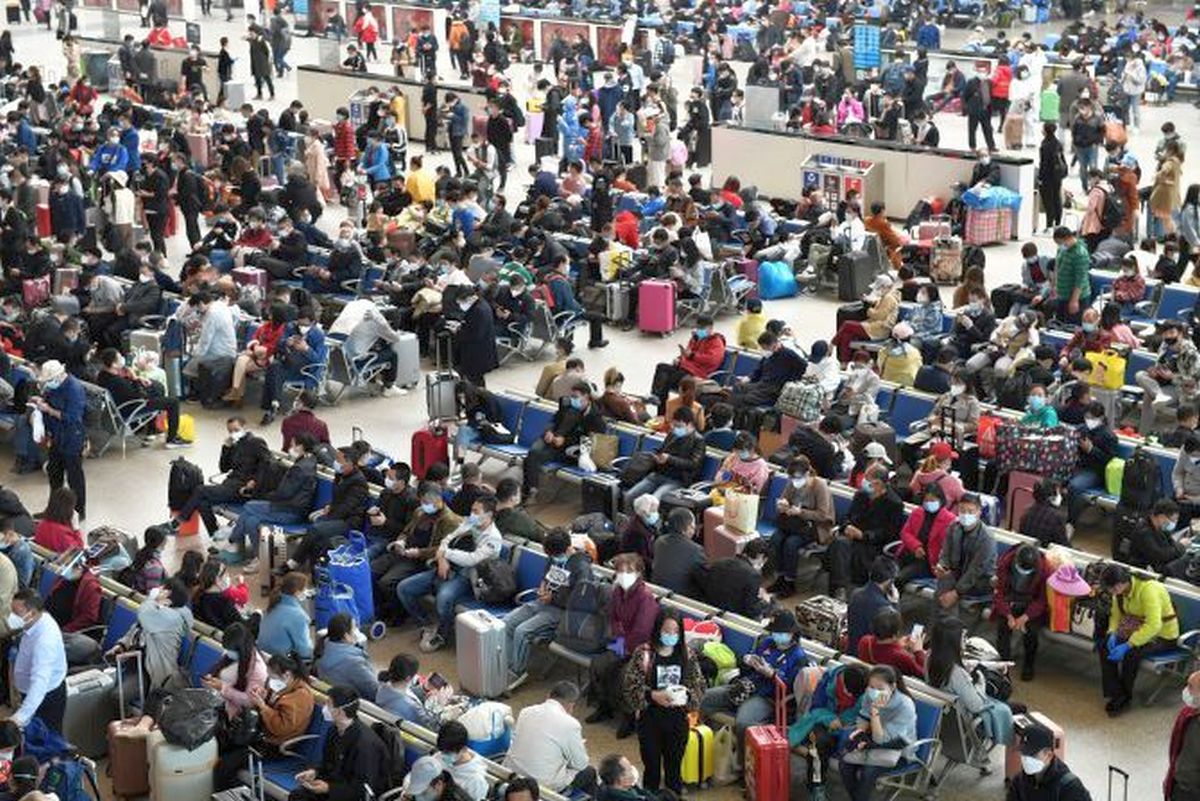China's average life expectancy goes up to 77.93 yrs amid falling birth rates
July 06, 2022 15:53

Life expectancy in China has increased by over 0.6 of a year to 77.93 years even as the world's second-largest economy grappled with a demographic crisis due to declining birth rates, according to the National Health Commission.
As per the latest census, the number of Chinese people aged 60 or above reached 264 million by 2020, accounting for 18.7 per cent of the country's total population.
"The health literacy rate has risen to 25.4 per cent, and 37.2 per cent of Chinese people regularly take part in physical exercise," Mao Qun'an, the director of the National Health Commission's department of planning and information, told a media briefing on Tuesday.
China faced a demographic crisis as its child births decreased alarmingly while numbers of the old-age population grew, warranting the government to expand geriatric care facilities.
China permitted all couples to have two children in 2016, scrapping the draconian decades-old one-child policy which policymakers blame for the current demographic crisis.
Last year, China passed a revised Population and Family Planning Law allowing Chinese couples to have three children, in an apparent attempt to address the reluctance of couples to have more kids due to mounting costs.
The decision to permit the third child came after the once-in-a-decade census in 2020 showed that China's population grew at its slowest pace to 1.412 billion.
Also, the average life expectancy in Tibet where Oxygen levels remain low due to high altitude terrain, has increased from 35.5 years in 1951 to 72.19 years last year, the state-run Xinhua news agency reported in March this year.
Gao Yuanyi, an official with the General Administration of Sport of China, told the media on Tuesday that by the end of last year, the average fitness area per capita had reached 2.4 square meters.
"More than 90 per cent of people reached the average physical standard level of their age in 2020," he said.
Gao added that a lack of funds and public facilities dedicated to meeting the public's demand for exercise have been effectively addressed in recent years.
"Each year, the administration and the Ministry of Finance will invest nearly 1 billion yuan (USD 149 million) to subsidise fitness centres that are either free or charge very little," he was quoted as saying by the official media.
Liu Peijun, an official with the Ministry of Education, said the rate of myopia among children and teenagers dropped by 0.9 of a percentage point from 2018 to 52.7 per cent in 2020, due to the concerted efforts in reducing academic burden, increase outdoor activities and improving indoor lighting.
The use of e-cigarettes has registered an upward trend among teenagers in recent years, according to Mao from the National Health Commission.
He said the commission has launched a campaign to crack down on illegal sales of e-cigarettes to teenagers and will publish prevalence rates of tobacco use among the young population regularly, the state-run China Daily reported. -- PTI





 © 2024 Rediff.com -
© 2024 Rediff.com -